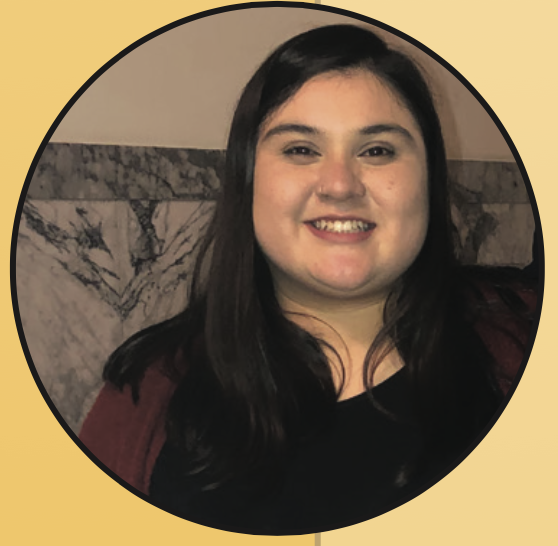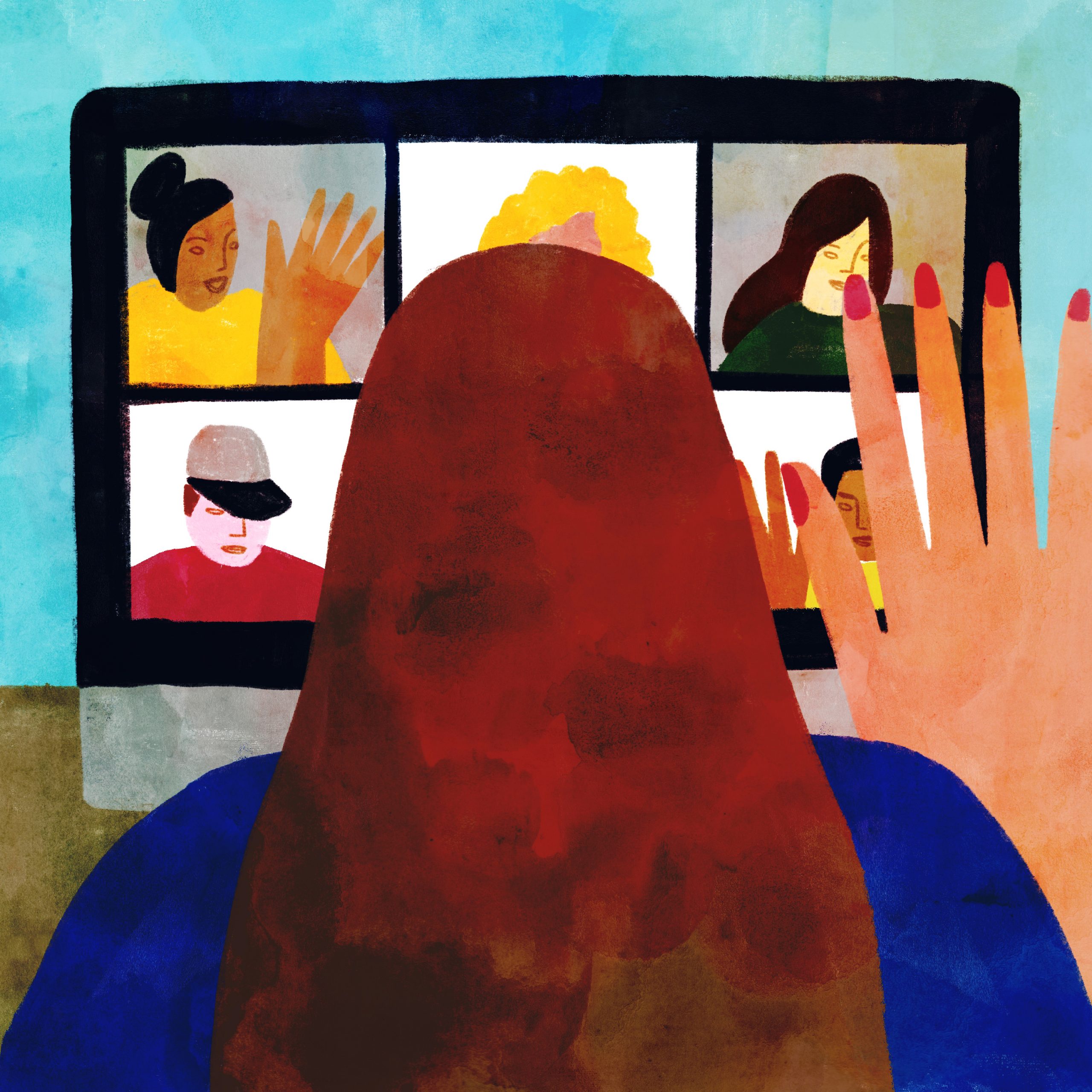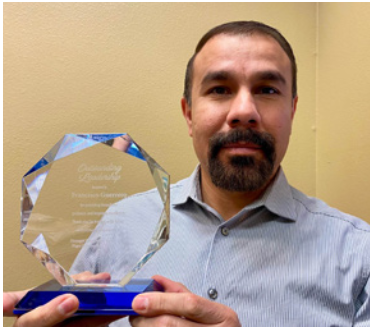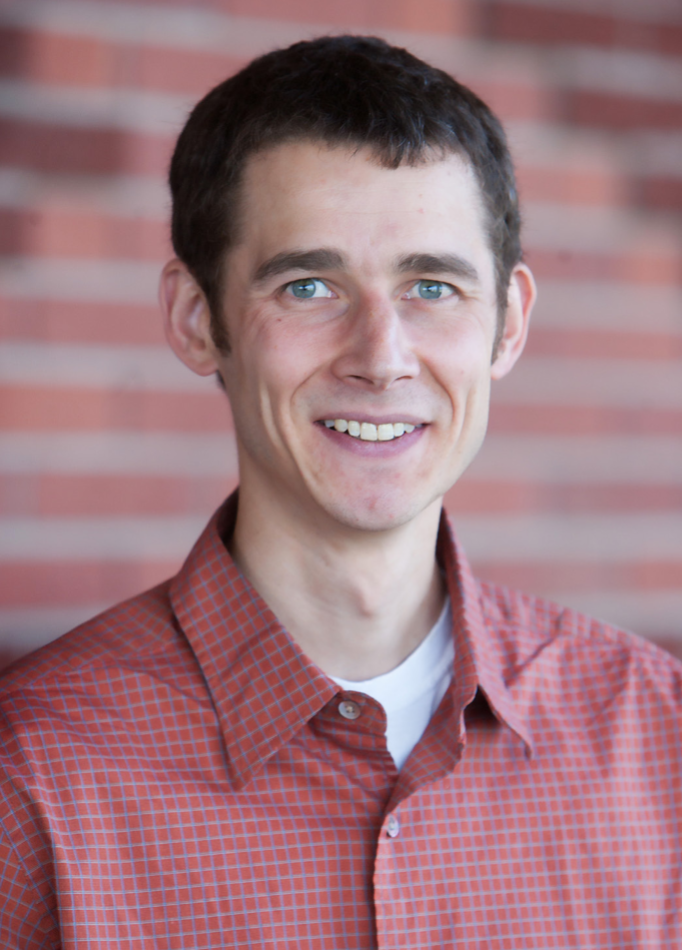News Briefs – Winter 2021
Former faculty’s gift to improve chemistry education at HU
Back in the mid-1980s, when Jack Fletcher, Ph.D., started working at Heritage, the chemistry lab was little more than a hand-me-down portable filled with tables and chairs and not much in the way of scientific equipment. Then Christmas came in the form of a donation of 10-12 chemistry stations from a Yakima-area Catholic high school that was upgrading their school science labs.
Throughout his career teaching chemistry, first in a high school, then at Big Bend community college and Heritage, Fletcher repeatedly saw that the need for equipment in the science labs he loved always outpaced the availability of budgeted funds. That’s why, earlier this year, when he and his wife JB Fletcher, Ed.D (Ball State University) discussed making a significant contribution to Heritage, they decided to direct their gift to the chemistry department to buy science equipment.
“We supported Heritage from year to year, and this year we got to thinking about the uniqueness of the situation right now. I thought now was the best time we could do something significant,” he said.
Heritage is a family affair for the Fletchers. Jack started teaching at the university part-time shortly after Heritage College formed. Within a year, he moved to full-time and split his work between teaching science and managing the physical plant. JB taught psychology and counseling classes for most of her time at Heritage and one year as a full-time instructor.
The two left Heritage in 1989 when Jack entered the University of Utah to pursue his doctoral degree in Chemical and Fuels Engineering. However, their experiences at the Heritage never left their hearts and minds.
“We had a great time at Heritage, just a lovely bunch of people, students, the nuns, and all the people there who were supportive,” said JB.
The impact of the Fletchers’ gift will be most deeply felt when fall 2021 classes get underway. The department is replacing several worn-out pieces of equipment.
“The timing and magnitude of the Fletchers’ gift carry an immeasurable impact,” said Tyson Miller, Ph.D., a professor in the natural sciences program. “Both our physics research and our organic chemistry lab instruction were at a crossroads. Their gift allows us to purchase new software and hardware capable of acquiring data for advanced research projects with students and further publications, as well as to upgrade and replace these essential instruments needed for acquiring techniques in organic synthesis and purification.”
For the Fletchers, there is satisfaction in a commitment to Heritage that has, in many ways, come full circle.
“It feels pretty good that I was part of the beginning of the chemistry department, and it has grown from there. Maybe my gift can help take the program where it needs to go for the people who are there now,” said Jack.
Heritage family loses long-time supporter and friend
Heritage University and the Yakima Valley lost a long-time friend and supporter with the passing of Ron Gamache in January.
Gamache’s support of the university and its students goes back to the formation of the school. When the university’s predecessor, Fort Wright College, closed and Heritage began, he went to Spokane with two moving trucks to load up books and supplies to bring to Toppenish. During those early years, he was “hands-on” with his time and talents, installing water pipes, planting trees and leveling the ground for new construction. Gamache joined the university board of directors in 1986 and served in that capacity for 30 years.
His dedication to public service extended far beyond Heritage University. He spent 30 years as a volunteer firefighter, was twice elected to serve as a Yakima County Commissioner, volunteered with programs that served the homeless and hungry, and was a Fourth-Degree member of the Knights of Columbus, among his many other service activities.
Gamache was a long-time farmer in the Yakima Valley, growing grapes, hops and apples whose love of the industry led him to serve on the Yakima County Farm Bureau and the Washington State Farm Bureau.
His family requested that gifts in his memory be directed to the organizations he supported, including Heritage University.
HU student heading to Johns Hopkins University this summer
 Business major Perla Bolanos will be spending this summer at Johns Hopkins University in Baltimore, Maryland. She was selected to participate in a 10-week humanities internship at the prestigious Tier 1 school.
Business major Perla Bolanos will be spending this summer at Johns Hopkins University in Baltimore, Maryland. She was selected to participate in a 10-week humanities internship at the prestigious Tier 1 school.
The internship opportunity is part of the Leadership Alliance First-Year Research Experience (FYRE). This program aims to connect undergraduates with internships and research experiences at top-level universities starting their first year of college. The goal is to prepare more underrepresented students for graduate and Ph.D.-level studies after they earn their undergraduate degrees. In addition to the experience, the program pays students a generous stipend and connects them with academic mentors and a network of fellow scholars.
HU student and alumna selected for social work fellowship
Social work major Paola Herrera was selected to participate in the Latino Center for Health’s 2nd Annual Student Scholars Fellowship Program.
Herrera is one of only eight students selected from Heritage University and the University of Washington. Recent HU graduate Maria Soto, who is pursuing a master’s degree in social work at the UW was also among those selected.
The program supports the next generation of leaders and scholars who are committed to promoting the health and well-being of Latinx communities in Washington State.
“This fellowship program provides crucial funding to students,” said Dr. Gino Aisenberg, associate professor in the UW School of Social Work and co-director of the Latino Center for Health. “It’s also a great opportunity for them to connect with students from other disciplines and with faculty and staff of the Center.”
Go to heritage.edu/Paola to watch a video of Herrera learning about her selection into the fellowship.
Heritage named a top school in Washington
A recently released report by Intelligent.com placed Heritage University in the top 25 colleges and universities in Washington state.
Intelligent.com is an online magazine designed to help students make informed decisions about going to college providing non- biased, data-driven information. They reviewed 185 Washington state colleges and universities, looking at tuition and fees, credits required to graduate, coursework format and accreditation. The top 49 were included in their report. Heritage ranked 21 out of the 49, and was singled out for having the best scholarship offerings.
Visit intelligent.com/best-colleges-in-washington to read the full report on the ranking.
Partnership expands workforce training program offering
Heritage University and Behavior & Law Corp., one of the leading online training companies in Europe and Latin America, have signed
a collaboration agreement to expand Behavior & Law training courses in the United States.
Behavior & Law are experts in behavioral science training and its application. Their goal is to train qualified professionals for leadership positions to improved working conditions and overall job satisfaction in their professional environments.
Heritage and Behavior & Law are beginning their collaboration to provide training in behavioral sciences. They are currently working
on implementing online training programs that will be offered in both Spanish and English in the United States through Heritage@Work,
the university’s workforce development program.











































